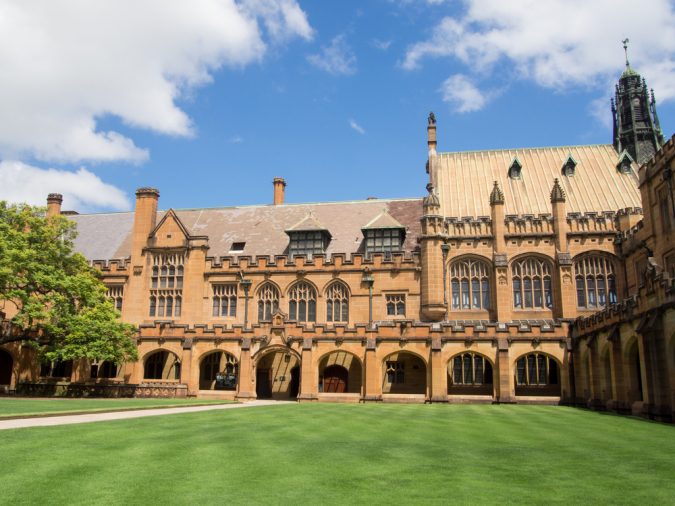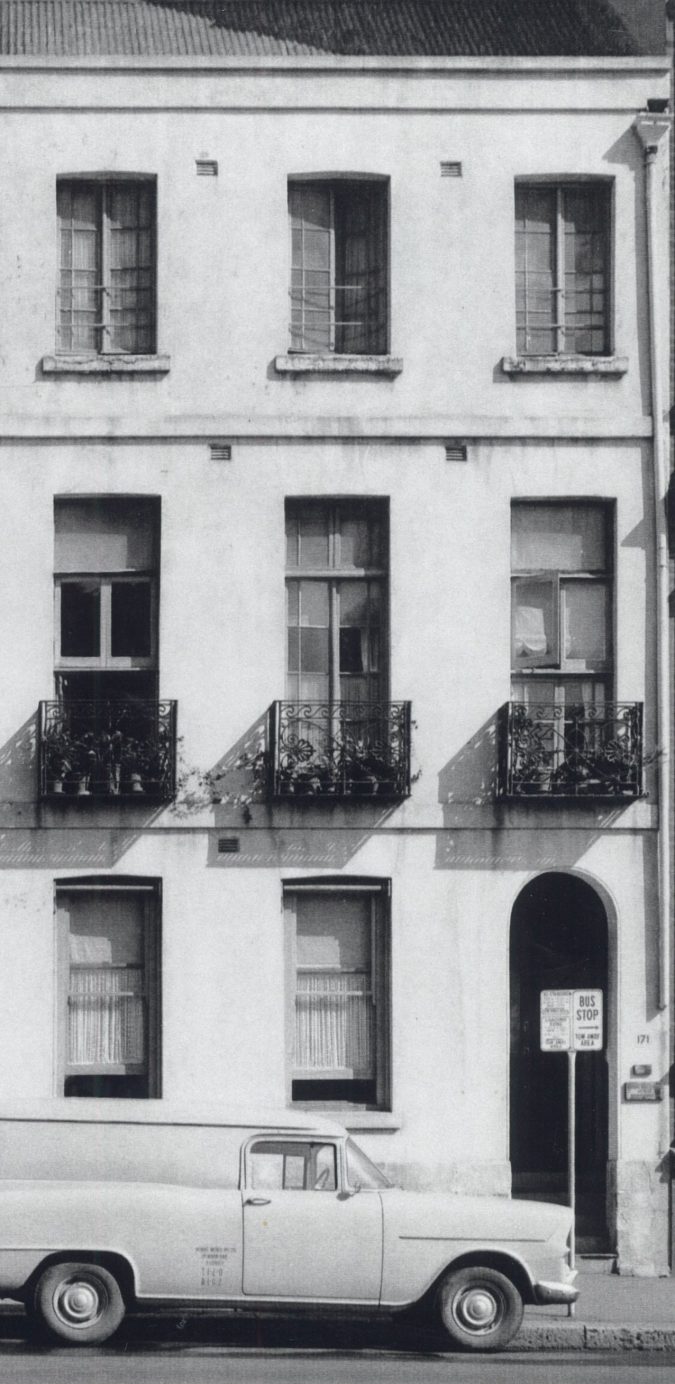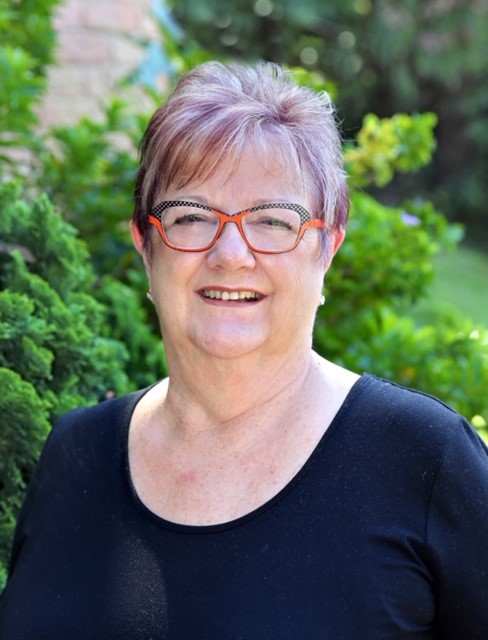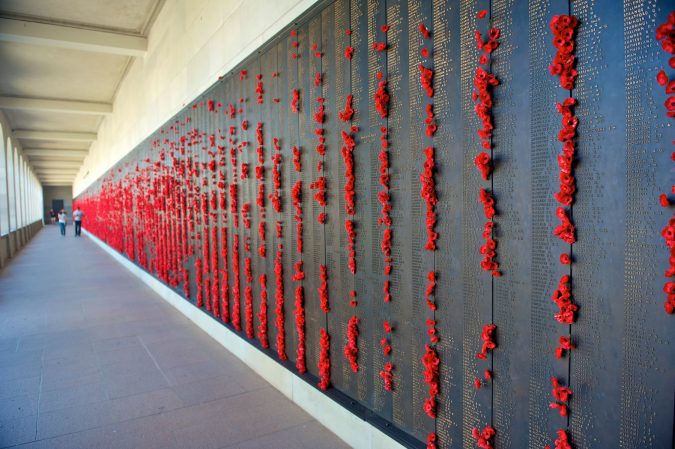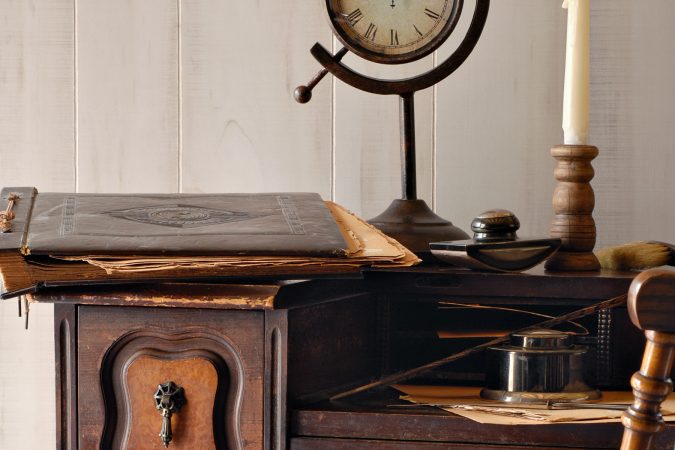Nurse education in Australia: Part 8
The historic Quadrant Building at the University of Sydney By Trish Lowe MACN – ACN Nurse Educator Move towards tertiary education for Australian nurses- mid 1980s As previously discussed in this series, Australian nurses were originally trained in public hospitals, under an apprenticeship system. During the early 1900’s, The Australasian Trained Nurses’ Association (ATNA) established the minimum standards of clinical and theoretical knowledge required to be delivered…

